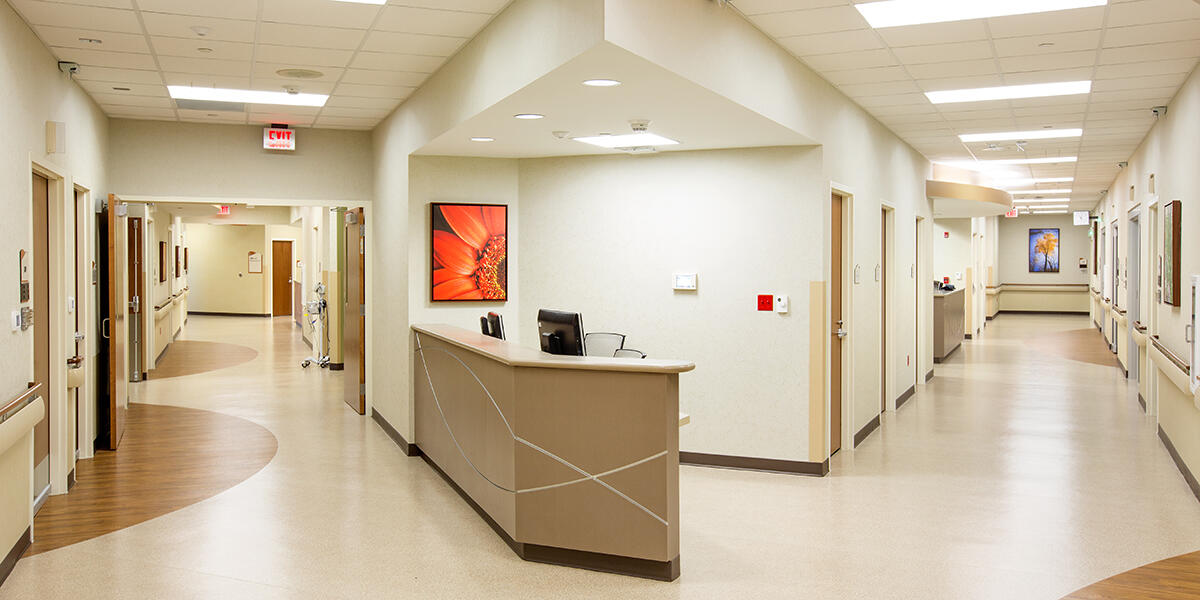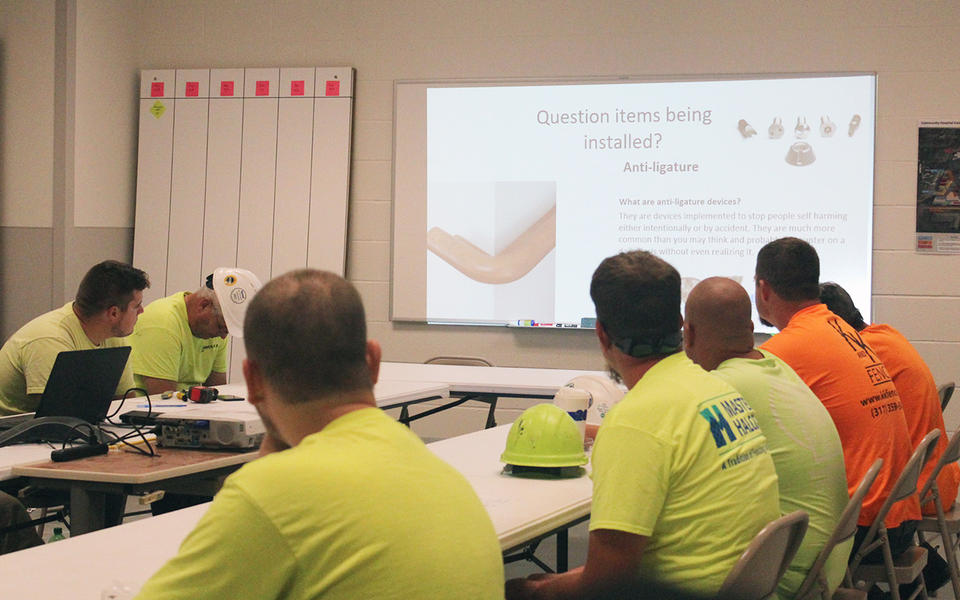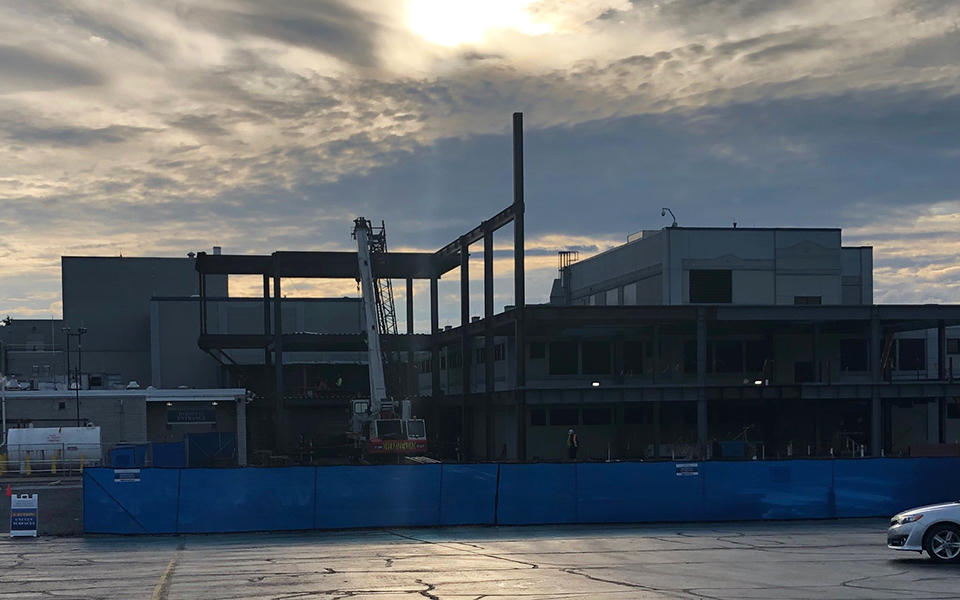Healthcare
Providing access to quality care is a top priority for every healthcare provider. Treatments are continuously improving and providers are constantly seeking better ways to serve those who turn to them for help.
Renovating, expanding or building new care centers and hospitals is a regular occurrence for larger healthcare systems, but what about smaller providers?
Rural healthcare systems have a long list of challenges: finding the resources to provide access to comprehensive healthcare services, improving access to care, overcoming socioeconomic statutes of their communities and competing with their urban counterparts.
Providing access to quality care is just as important to rural healthcare systems, so how does the journey to expanding services look for them? What should be considered and how can working with the right contractor help that vision come to life?
Pepper Construction, Schneck Medical Center and arcDESIGN reflected on our journey together and recently sought to answer those questions for other rural providers at the Indiana Rural Health Association's Annual Conference.
Identifying when to expand rural healthcare facilities
Many rural healthcare providers have been devoted to healing patients in their communities for decades, if not a century or even longer. Over time, growth becomes necessary in order to remain independent, and ensuring access to quality care is a key driving force when it's time to invest.
When it comes to deciding if it's the right time to invest in new services and facilities, it's important to utilize community assessments, strategic planning objectives and master facility planning to inform your decisions. It comes down to examining your current needs and asking key questions to identify the right time to invest:
- Identifying gaps in care: What needs aren't being met in the community? How will new physicians be recruited? Where will they be housed? Will facilities need to be expanded?
- Master planning: What resources are needed to support growth? Will borrowing money be necessary to finance any projects?
Defining a clear vision for projects
After identifying the needs of the community and conducting a financial analysis, it's time to establish your goals. And you don't have to do it alone. Search for the right design partner to help you define your goal.
Prioritize objectives upfront to inform decision-making down the road and help identify the right solution. Engaging user groups should also be part of this process so you can balance the needs of those who will occupy the finished space. Keep an open mind. This can be a key piece because the best option may not be the most obvious or traditional. So be sure to meet with user groups.
There are countless components that go into creating a vision, so it's easy to veer away from your original plan and budget. Confirm it aligns with the master planning along the way and is within the financial parameters.
The next step is engaging a construction manager to confirm the costs.
Protecting your investment
Once you've established your needs and vision, protecting your investment through proactive planning takes priority. Having the foresight and a collaborative team approach is critical in protecting hospital resources, from people to facilities to dollars.
Obviously, needs can vary across healthcare systems, but the path to finding the right partner typically involves common hurdles for anyone searching for the right construction manager. Here are some tips to consider in your search:
- Explore different delivery methods – There may be a delivery method from what you typically that is a good fit for this project.
- Talk to peers in the industry – What have they learned? What advice do they have? Do they have any recommendations?
- Find a partner that aligns with your mission, culture and vision – If a CM has similar values, it's easier for them to understand what's important to you.
- Pick someone with a proven track record – Research their work, culture and accomplishments.
- Ensure they listen and learn from your workflows – You want a partner that will hear you and apply that insight into the solutions they develop; Understanding your needs from a functionality and short term / long term life cycle perspective.
- Choose someone who will take a collaborative approach – Communication is important and look for signs that a partner may not listen to you. When all else fails, trust your gut!
A good CM should verify costs, help you plan for the unknown, guide you through the initial and long-term investments and include local contractors in the project.
Ultimately, it's about keeping the community in mind, whether it's minimizing inconveniences to them throughout construction or being motivated by expanding health services to them. Because no matter if they live in an urban or rural setting, everyone deserves access to quality healthcare.
About the Author





